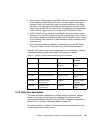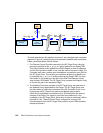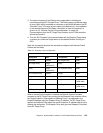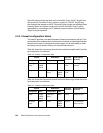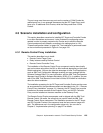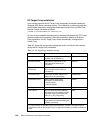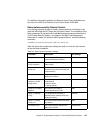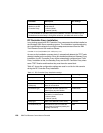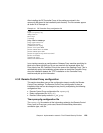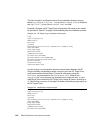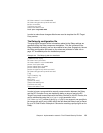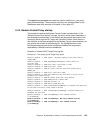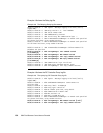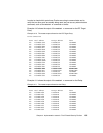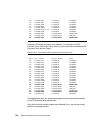
Chapter 4. Implementation scenario: Tivoli Firewall Security Toolbox 129
After installing the RC Controller Proxy, all the setting are stored in the
rcproxy.cfg file placed in the installation path directory. The file contents appear
as shown in th Example 4-1.
Example 4-1 RC Controller Proxy configuration file
[log]
log-file=rcproxy.log
debug-level=3
max-size=1
[rcproxy]
proxy-label=tic01005-gw
proxy-type=controller
cmdline-port=3333
[communication-layer]
parent-local-port=8020
parent-remote-host=tic01004
parent-remote-port=7021
parent-cm-type=cm-tcp-unidirectional
buffer-size=1024
[parent-cm-info]
connection-mode=server
In our testing scenario we configured our Gateway Proxy machine specifying its
label to the value tic01005-gw. As you can see from the example above, the
Proxy label of our RC Controller Proxy is the same of the Gateway Proxy. This is
automatically set by the installation process when we install the Controller Proxy,
since the installation detects the TFST installation on the Controller Proxy
machine and pick up this information.
4.3.2 Remote Control Proxy configuration
This section describes some of the configuration steps to modify the Remote
Control Proxy settings. The Remote Control Proxy configuration is done at
installation time and can be changed at any time by manipulating the following
configuration files:
Remote Control Proxy configuration file: rcproxy.cfg
Relay configuration file: Relay.cfg
Remote Control policy method: rc_def_proxy
The rcproxy.cfg configuration file
The rcproxy.cfg file contains all the information related to the Remote Control
Proxy, such as Proxy type, ports used, Parent/Children/Relay information,
connection type, role, etc.



